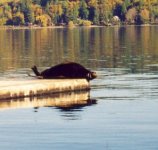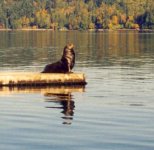weather
Pirate name: Poncy Henry Goodfellow
I was just wondering if anyone has a life list of mammals, insects, etc like birders often keep? I've been thinking of starting one on butterflies. Ohio has a checklist of birds that now stands at 412, but only around 110 butterflies. I imagine this to be more manageable. Also a shorter season...
Mike
Mike






